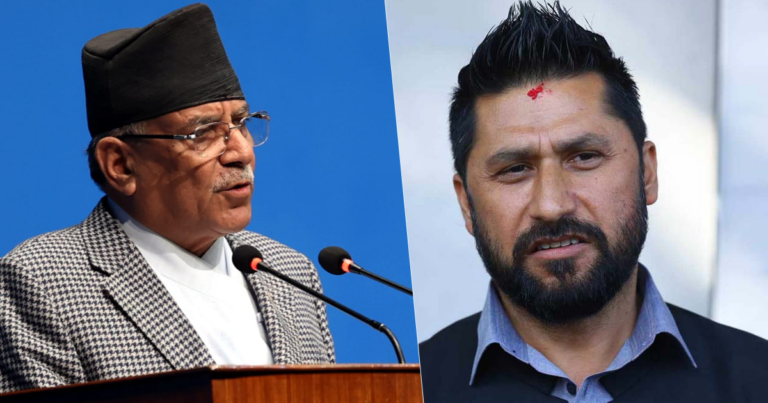Kathmandu: As Nepal reels from two days of Gen Z-led protests, questions are being raised over the roles of the CPN (Maoist Centre) and the Rastriya Swatantra Party (RSP), with mounting criticism on social media that the demonstrations were pre-planned and politically engineered.
Online discussions allege that incidents of vandalism, arson, and even attempts to break prisoners out of jail were carried out in a coordinated manner involving both the Maoists and RSP. Dozens of posts, some pre-designed and widely shared, claim the unrest was far from spontaneous.
Particular suspicion has arisen from a series of developments: former Prime Minister Pushpa Kamal Dahal “Prachanda” remaining out of public view during the turmoil, no damage reported to the home of his daughter Renu Dahal, Maoist leaders appearing untouched by vandalism, and Prachanda’s August 20 prison visit to Rabi Lamichhane at Nakkhu Jail. Critics argue these suggest collusion.
Further controversy surrounds the removal of the trending “#Nepobabies” hashtag from TikTok, the mass resignation of RSP lawmakers, the hurried release of Rabi Lamichhane with allegedly backdated paperwork, and the timing of government formation preparations immediately after his release.
A viral post circulating online questions: “Who prepared the release papers for Rabi while the country was in chaos? Was the sudden formation of a new government, the release of Prison No. 18 inmates, and the wave of looting, robbery, and arson overnight part of a scripted plot?”
These claims have fueled a narrative among many social media users that the GenZ uprising was not a purely spontaneous movement but rather the result of calculated political strategy.



Comment Here